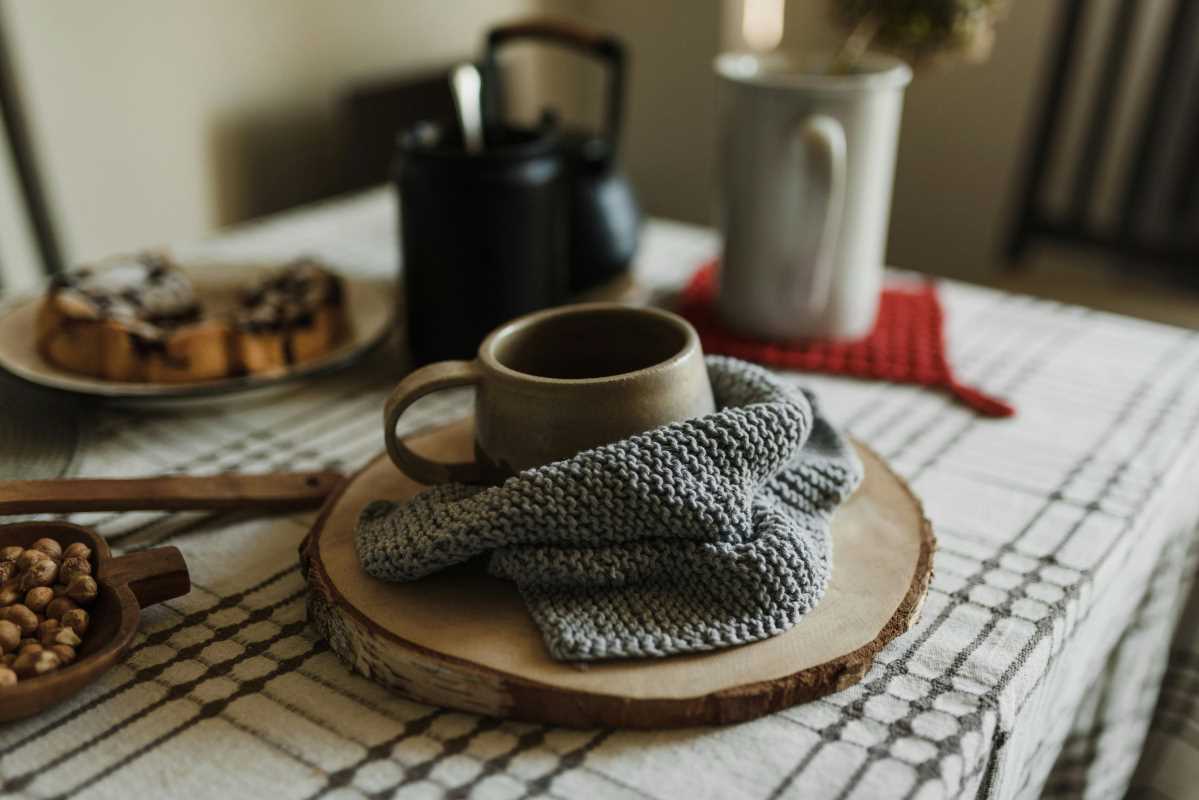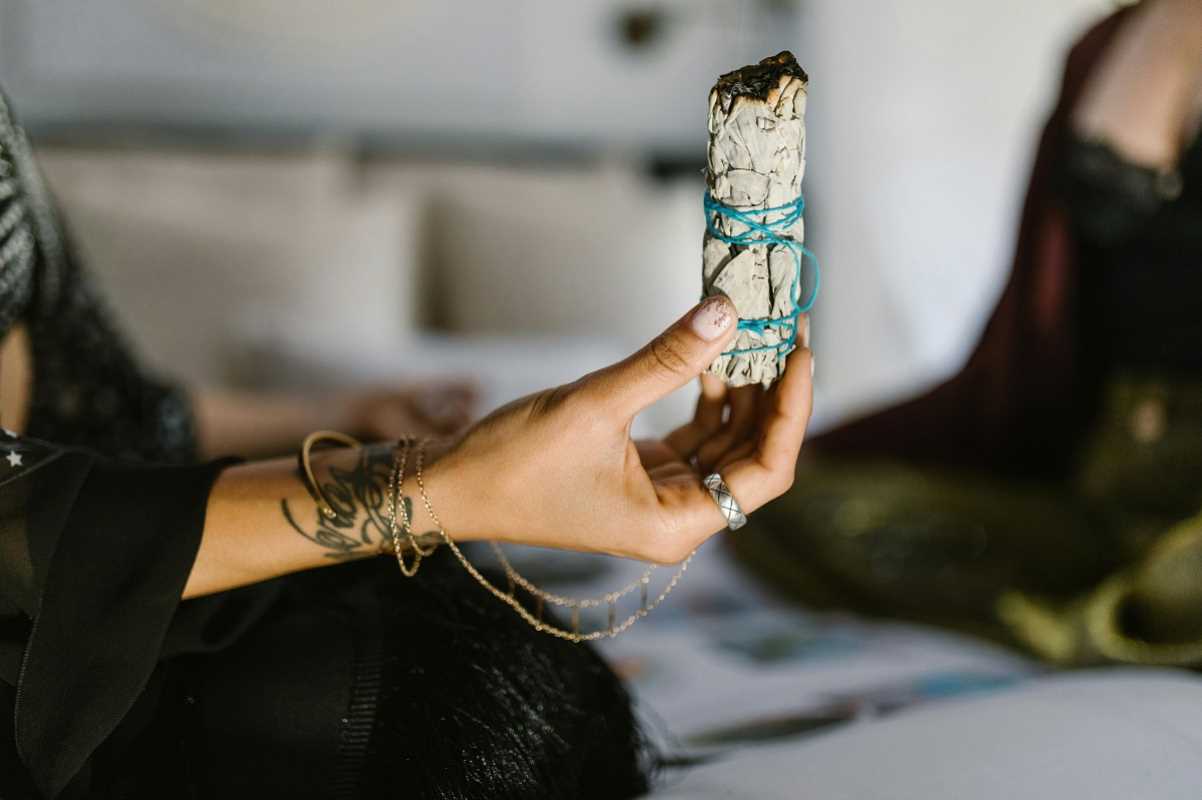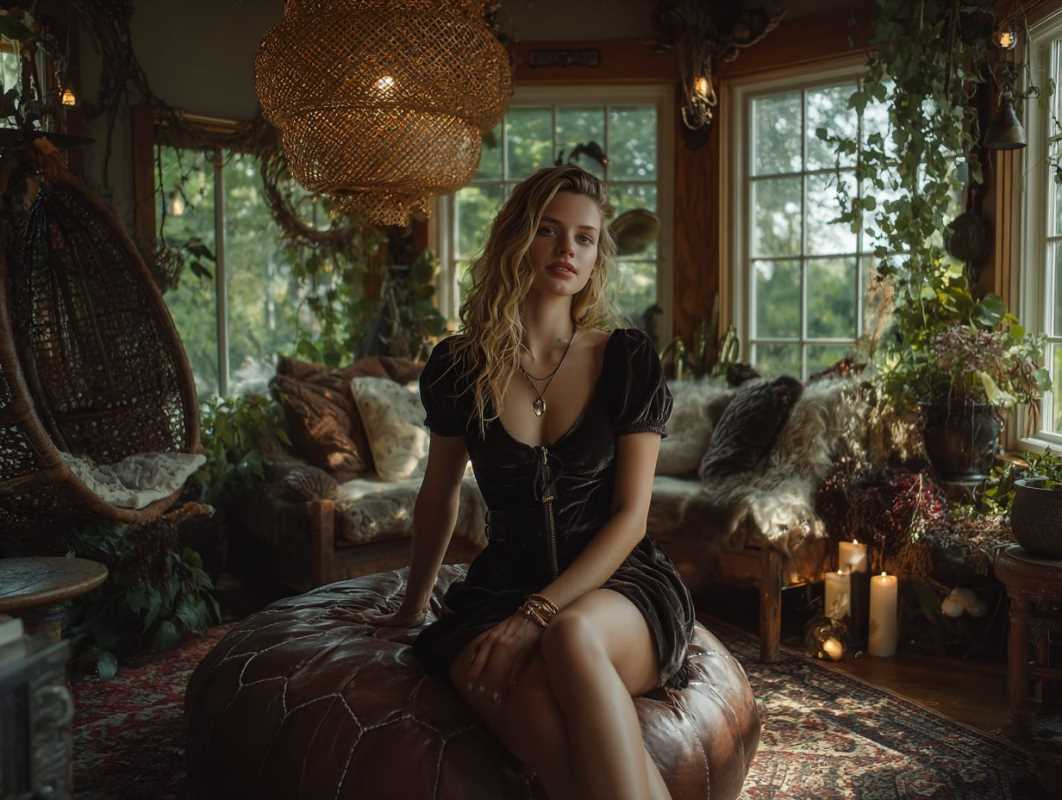Woodworking is one of the most rewarding hands-on hobbies. Not only do you get to flex your creative muscles, but you also end up with something functional and beautiful for your home. For beginners, the thought of starting woodworking might feel intimidating, but rest assured, with some basic tools, materials, and guidance, you’ll be ready to tackle your first projects in no time.
This guide introduces simple and beginner-friendly woodworking projects that will help you learn essential skills while creating practical items for your home. With clear instructions, tips, and material lists, you’ll be ready to transform plain pieces of wood into meaningful décor or furniture.
Getting Started with Woodworking
Before jumping into the projects, here are some basics to set you up for success:
- Essential Tools: Start with a saw (a hand saw or jigsaw will do), a drill and screwdriver, a hammer, a measuring tape, clamps, and sandpaper.
- Materials: Stick with softwoods like pine or cedar; they’re easier to cut and handle.
- Measuring and Accuracy: The old adage “measure twice, cut once” is your mantra. Precision is key to creating clean, sturdy pieces.
- Safety First: Always wear safety goggles, and use a well-ventilated workspace. Keep fingers clear of cutting tools and never rush through cuts or assembly.
Now, onto the fun part!
1. Easy Wall Shelf
A wall shelf is a classic woodworking project, perfect for beginner DIY enthusiasts. It’s functional, simple to assemble, and a great starting point for learning basic cuts and measurements.
Tools and Materials
- Wooden board (1”x6”x24” or your preferred size)
- Sandpaper (medium and fine grit)
- Wood stain or paint
- Wall-mounted shelf brackets
- Screws and a drill
Steps to Build
- Prepare the Wood: Sand down the board to remove splinters or rough edges. Focus on the corners for a smooth finish.
- Finish the Board: Apply your favorite wood stain or paint to the board. Allow it to dry completely.
- Attach Brackets: Secure the wall brackets onto the board, one on each end. Mark drill holes in advance to ensure they’re evenly spaced.
- Mount on Wall: Measure and drill holes into your wall, ensuring the board is perfectly level when attached. Secure the shelf to the wall using screws.
Pro Tip
Use this project as practice for getting comfortable with measuring and sanding. You can add personal flair by painting a design on your shelf.
2. Wooden Planter Box
A planter box is a must-have for plant lovers and a great way to bring greenery indoors or onto patios. It’s a versatile and straightforward project for woodworking beginners.
Tools and Materials
- Wooden planks (cut to preferred box dimensions)
- Wood screws
- Drill
- Wood glue
- Sandpaper
- Exterior wood finish (if placing outdoors)
Steps to Build
- Cut the Planks: Cut four pieces for the sides and one for the bottom (e.g., 12” long for the sides and 10” wide for the base). Most hardware stores will cut the wood for you if you don’t own a saw.
- Sand the Pieces: Smooth all the edges and surfaces so they’re splinter-free.
- Form the Box: Apply wood glue to edges where the pieces join and clamp them together. Next, drill pilot holes to prevent splitting, then screw the panels securely in place.
- Finish the Box: Coat the finished box with an outdoor varnish or non-toxic finish, especially if it will be exposed to moisture.
Pro Tip
Drill a few small holes in the bottom to allow excess water to drain when watering your plants.
3. Rustic Coffee Table
If you’re ready for something functional yet simple, try building a coffee table. Its sturdy base and flat surface make it an approachable project for beginners, without requiring complex joints.
Tools and Materials
- Wooden slab or plywood (for the tabletop)
- 2x4 wooden planks (for the legs and support frame)
- Saw
- Screws and drill
- Sandpaper
- Wood stain or paint
Steps to Build
- Cut the Wood: Have the wood cut to size at your local hardware store. For an average coffee table, aim for a 36”x18” tabletop and four 16” legs.
- Sand All Parts: Smooth out every piece, focusing on corners and edges.
- Construct the Frame: Use the 2x4s to form a rectangular base frame under the tabletop, screwing each piece securely.
- Attach the Legs: Drill the four legs into the corners of the frame for stability.
- Finish the Table: Apply a wood stain for a rustic look or a bright paint color for something modern.
Pro Tip
For an antique vibe, distress the table slightly by lightly hitting it with a hammer in random spots before staining.
4. Wooden Serving Tray
A serving tray is a delightful beginner project that combines practicality with creative design opportunities. You’ll also get practice with precision cutting and assembling small pieces.
Tools and Materials
- Wooden board (1”x12”x18”)
- Two thin slats of wood (for the tray edges)
- Glue and screws
- Handles (optional)
- Sandpaper
- Paint or stain
Steps to Build
- Shape the Tray: Sand the large board to smooth the surface. Attach the thin slats to the sides to form a raised edge. Secure these with wood glue and small screws.
- Attach Handles: Drill handles onto the short edges for easier carrying. Choose handles that match your décor.
- Personalize: Paint the tray or use a wood-burning tool to engrave it with a favorite design or phrase.
Pro Tip
For something extra special, try lining the tray with beautiful wallpaper or decoupage beneath a layer of protective varnish.
5. Simple Storage Crate
Storage crates are endlessly versatile and so easy to make. Use them to organize books, toys, or even as stackable storage solutions.
Tools and Materials
- Wooden slats or plywood (cut to appropriate sizes)
- Screws and drill
- Sandpaper
- Wood stain or exterior paint
Steps to Build
- Cut and Sand Pieces: Cut four pieces for the walls (two short, two long) and a flat base. Sand them smooth.
- Assemble the Walls: Use wood screws to attach the pieces at the corners, fastening all four sides together. Then secure the base to the bottom.
- Finish Up: Add a handle on each short end by cutting a circular grip or attaching rope handles. Paint or stain the crate as you like.
Pro Tip
For added durability, reinforce the corners with metal brackets and be sure to measure twice to ensure tight-fitting pieces.
Final Tips for Beginner Woodworkers
- Start Small: Focus on simpler projects before moving on to complex furniture or intricate designs. Each success builds confidence.
- Test Cuts on Scrap Wood: Always practice cuts or drilling on leftover pieces before working on your final project.
- Have Patience: Woodworking is as much about the process as the finished product. Take your time to ensure quality workmanship.
With these beginner-friendly woodworking projects, you’ll have plenty of opportunities to practice your skills while creating something both useful and beautiful for your home. From planters to coffee tables, the satisfaction of building your own furniture will inspire you to continue honing your craft. Dust off those tools and get started—your dream woodworking project is closer than you think!
 (Image via
(Image via





